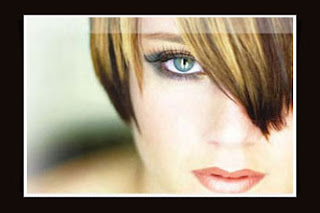Formaldehyde
is back in the news. This time, the Jekyll-and-Hyde substance has brought along
company, toluene and dibutyl phthalate (DBP).
The
three hazardous chemicals make up the toxic trio that more and more clients and
salon workers—especially professional cosmetologists, such as those who have,
say, a Kentucky
Cosmetology CE or a Wisconsin
Cosmetology CE, who are knowledgeable about harmful substances found in the
salon—are railing against today.
In a recent
random sampling, the California Department of Toxic Substances Control (DTSC) discovered
that of 12 nail products that claimed to be free of toluene, 10 in fact were
not. Four of the products actually had dangerously high levels of the chemical.
The
report also found that five of seven products that claimed to be "free of
the toxic three" in reality contained at least one of the chemicals in
significant amounts.
"We
care about those things because those are hazardous chemicals that can cause
harm to people,” said Karl Palmer with the DTSC. “Simply, they cause
reproductive toxicity. They cause harm to women who might be pregnant, and over
the long term and with enough exposure, they're just bad for you."
The
mislabeled nail products, according to the report, can potentially harm
thousands of workers and their customers in more than 48,000 nail salons in California.
The agency
clarified that the presence of the toxic trio in nail products is legal, but
only if properly indicated on the labels. False claims, however, may violate a
state law that mandates disclosure of harmful chemicals in consumer products.
Cosmetologycampus.com,
360training.com’s portal for
cosmetologists, offers a fully online cosmetology CE program (leading to a cosmetology
license) that provides salon workers updated information on health risks, such
as those posed by certain chemicals in nail products.

